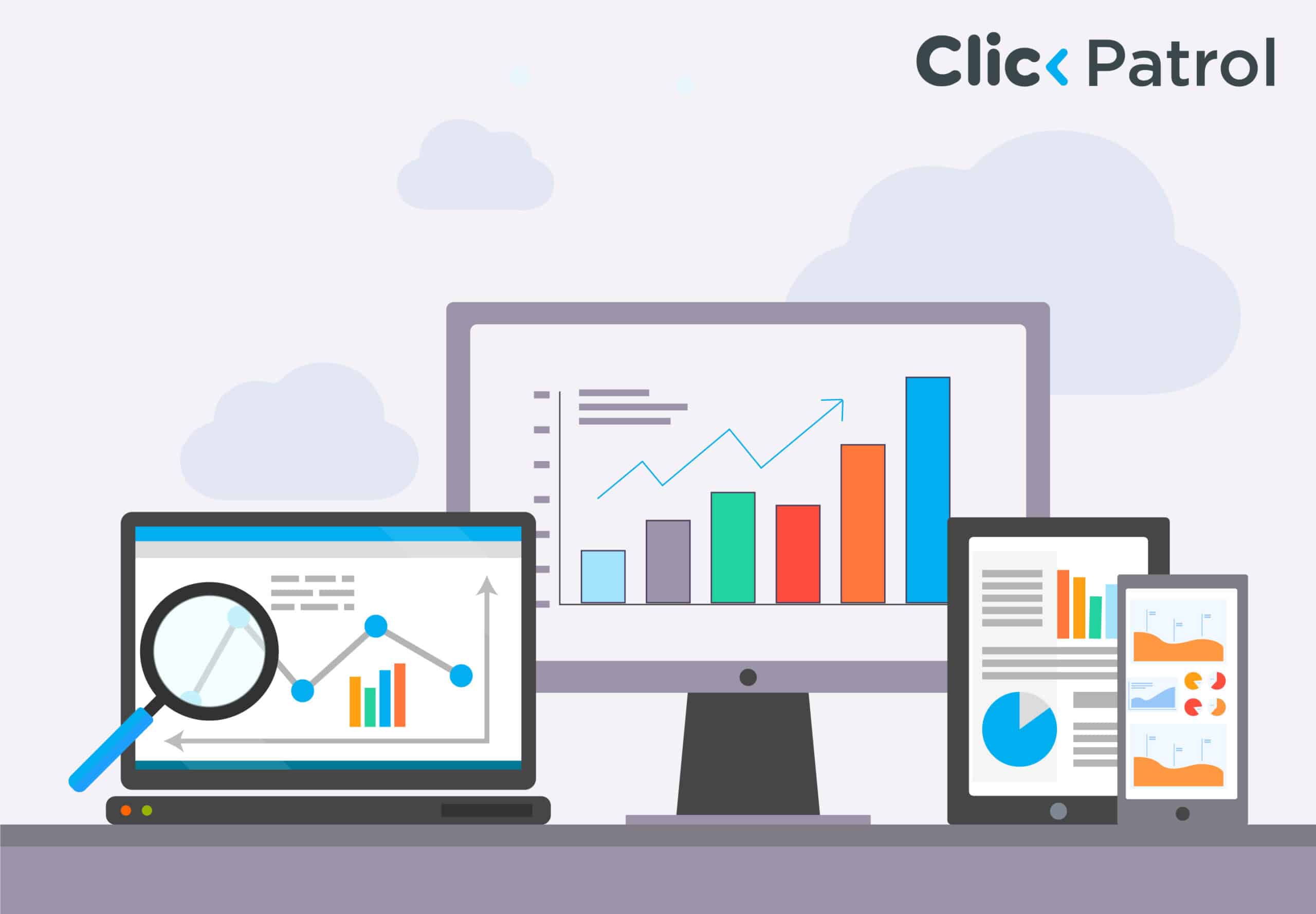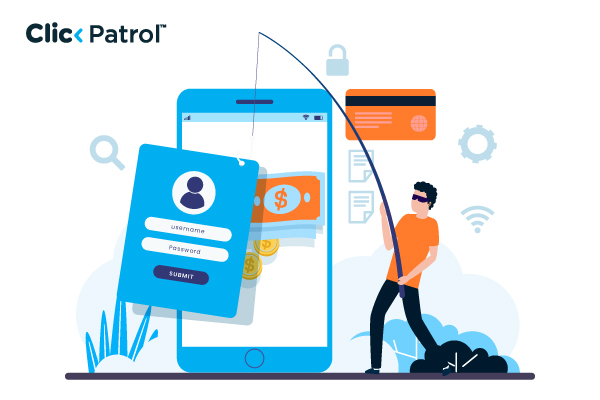
Digital Fake Ads: Shocking Statistics and How to Protect Your Brand
Abisola Tanzako | Feb 20, 2025

Table of Contents
- An overview of digital fake ads statistics.
- The scale of digital fake ads statistics.
- 1. Global economic impact:
- 2. Fraud across industries:
- 3. Regional insights:
- 4. Mobile advertising vulnerabilities:
- How digital fake ads deceive advertisers and consumers.
- Best tools for detecting fake ads.
- The impact of digital fake ads.
- Industry and platforms that are vulnerable to digital fake ads.
- Proven strategies to combat digital fake ads.
- The role of emerging technologies on digital fake ad statistics.
- Future trends in combating digital fake ads.
- The threatening impacts of digital fake ads.
- FAQs
Digital fake ad statistics show a growing threat as digital advertising redefines marketing, offering businesses ways to reach millions of customers quickly. According to Statista, as digital advertising budgets reach $667 billion globally in 2024, so too has the prevalence of digital fake ads.
This widespread problem undermines campaigns and causes financial losses. Ad fraud cost $61 billion in 2022 alone, and losses are expected to reach $100 billion by 2025. This guide explores key statistics, types of fake ads, and strategies for combating them.
An overview of digital fake ads statistics.
Digital fake ads statistics encompass various deceitful practices used to profit illicitly from digital ads. The most common are fake clicks, in which individuals or automated bots click on ads without interest in the product or service.
Top 4 digital fake ad tactics to watch for.
The top 4 digital fake ad tactics to watch out for include:
- Fake ads: Artificially increasing clicks on an ad by bots or human labor to artificially increase metrics and consume budgets.
- Impression fraud: This situation is where ads are loaded, but nobody sees them.
- Ad placement fraud: Ads are intentionally in irrelevant or low-quality environments.
- Bot traffic: Automated programs masquerade as users synthesize fake engagement metrics.
The scale of digital fake ads statistics.
The scale of digital fake ads is vast, and they continuously rise year after year, as the following shocking statistics show.
1. Global economic impact:
- In 2022 alone, digital fake ads cost business entities a staggering $61 billion; by 2025, the cost is expected to exceed $100 billion.
- Losses are also expected to shoot up to $172 billion by 2028, and a practical solution is being urged immediately.
2. Fraud across industries:
- E-commerce: Digital fake ads increase during shopping seasons like Black Friday, comprising more than 20% of total ad engagements.
- Financial services: Almost 15% of companies fall under this category and face ad fraud yearly.
- Due to the high price of keywords, health and real estate also suffer from fake clicks, with a rate of over 10%.
3. Regional insights:
- APAC( Asian Pacific) suffers the most significant damage. Estimates suggest that 2022 losses will reach up to $17 million daily and $17 million annually, doubling across APAC by 2025.
- Almost 18% of programmatic ad impressions in the US were fraudulent in 2021.
4. Mobile advertising vulnerabilities:
- About 25% of iOS app installs, and 31% of Android app installs are fake, as techniques like click spamming and click injection exploit mobile platforms.
These numbers indicate the broader extent of fake ads and the need for stronger preventive measures among advertisers.
How digital fake ads deceive advertisers and consumers.
Digital fake ads use several ways to trick advertising platforms and deceive advertisers. Here are some ways the most common ones work:
- Bot traffic: Bots are programmatic scripts that simulate human actions. They create fake clicks, impressions, and engagements, thus inflating metrics without delivering real value.
- Click farms: Click farms hire individuals to click on advertising or otherwise create the appearance of organic engagement. While the engagement numbers may look better, interactions are seldom converted, and the return on investment has become zero.
- Ad stacking: This involves layering several ads in one ad slot. While only the top ad is viewed, metrics of the number of views will be artificially manufactured for all ads within the stack.
- URL masking: Fraudsters mask URLs to hide the source of a click, fooling advertisers and distorting campaign metrics.
- Mobile fake ads use a vulnerability in app-based advertisements, mainly through click injection and ad stacking techniques.
Best tools for detecting fake ads.
Here are some of the best tools for detecting fake ads:
- ClickPatrol: Features include real-time fraud detection, customizable rules, and thorough reporting to identify and stop fake clicks, ensuring cleaner traffic and better ROI.
- ClickCease is known for its automatic IP banning, integration with Google Ads and Facebook, and ability to track ad performance. It helps block fake clicks and prevent ad fraud.
- PPC Protect: Uses multi-layered fraud detection algorithms, geolocation filtering, and machine learning to detect fraudulent clicks and improve campaign performance proactively.
- Fraudlogix: Specializes in detecting false traffic across platforms like mobile, video, and display ads, offering tailored fraud protection and comprehensive traffic quality reports.
- AdWatcher: Offers advanced ad fraud detection by monitoring traffic sources and behavior to pinpoint invalid or fraudulent clicks, preventing wasted ad spend.
The impact of digital fake ads.
Digital fake ads statistics underscore the financial, reputational, and operational damage caused by ad fraud:
- Financial losses: Ad fraud wastes billions annually and inflates legitimate ad costs.
- Misleading metrics: False data leads to poor decision-making and ineffective campaigns.
- Erosion of trust: Repeated exposure to fake ads erodes consumer confidence, damaging brand reputation.
- Competitive disadvantage: Companies without anti-fraud mechanisms will fall behind competitors, wasting resources on ineffective campaigns.
Industry and platforms that are vulnerable to digital fake ads.
Some industries and platforms are more susceptible to fake ads than others, such as:
- E-commerce: Due to high competition and frequent promotional seasons like Black Friday and Cyber Monday, e-commerce experiences a surge in traffic, making it a prime target for fraud.
- The financial services industry is a common target for digital media due to its high-cost keywords and substantial advertising budgets, such as fake ads.
- Google Ads is often one of the biggest targets, as it is one of the leading advertising platforms. In 2021 alone, its ad spending grew from $149 billion to $209 billion, while approximately 14.08% were considered fake.
- Social media: Ad fraud is peculiar to Facebook and other social media platforms like Instagram. Fake likes, shares, and followers are created to make a page appear more engaging.
Proven strategies to combat digital fake ads.
Fixing ad fraud requires multidimensionality, knowledge of advanced technologies, proactive monitoring, and collaboration across the industry.
- Advanced monitoring tools: Like many platforms today, ClickPatrol uses advanced analytics to find abnormalities in the traffic pattern, as it receives a sudden spike of clicks from specific IP addresses.
- IP address filtering: Regularly updating a blacklist of fake IPs helps block bot-driven traffic.
- Engagement analysis: Monitoring bounce rates, session duration, and conversion rates helps identify fraudulent traffic.
- Anti-fraud services collaboration: Partnerships with services like ClickPatrol provide machine-learning tools for fraud detection.
- Audits: Reviewing ad placements and performance data ensures transparency
The role of emerging technologies on digital fake ad statistics.
The role of emerging technologies in digital fake ad statistics include:
1. Artificial intelligence: AI analyzes vast amounts of data quickly for patterns indicative of fraud. It can:
- Detect bot traffic from suspicious engagement behavior.
- Predict the likelihood of fraud based on the analysis of previous fraud cases.
2. Blockchain: Blockchain introduces transparency to ad buying by decentralizing transaction records.
- It ensures that the money paid matches the verified impressions and clicks.
- Smart contracts will automate ad placement, minimizing the involvement of intermediaries where fraud usually happens.
Future trends in combating digital fake ads.
The fight against ad fraud will require continuous innovation.
- Machine learning: AI models will improve in detecting fraud faster and more accurately.
- Global collaboration: More partnerships across industries will help advertisers understand fraud patterns.
- Stricter regulations: Governments will likely impose more regulations to hold ad platforms accountable.
- Blockchain adoption: Blockchain will enhance transparency and prevent fraud in digital advertising.
The threatening impacts of digital fake ads.
Digital fake ads threaten the integrity and efficacy of online ads. With losses projected to top $100 billion by 2025, action should be taken more urgently than ever. Advertising players can thus safeguard their campaigns and investments by embracing advanced monitoring tools, including AI and blockchain technologies, and encouraging industry collaboration. Protect your ad spend today, and use AI-powered tools like ClickPatrol to detect and block fake ads.
FAQs
Q. 1 Which industries suffer the most from fake ads?
Advertising in high-budget industries, such as e-commerce, financial services, healthcare, and real estate, is the primary target due to its substantial spending and valuable keywords.
Q. 2 How can advertisers detect ad fraud?
Traffic patterns could be monitored, engagement metrics analyzed, and the ClickPatrol anti-fraud tool should be used to facilitate advanced detection.
Q. 3 Why is mobile advertising more susceptible to fraud?
Mobile platforms have unique vulnerabilities, including click injection and click spamming, in which app-based advertising gets manipulated.
Q. 4 How do AI and blockchain help in ad fraud prevention?
AI helps detect fraudulent patterns in real-time by analyzing data, while blockchain ensures tamper-proof, secure, transparent transactions, reducing ad fraud.
Q. 5 What steps can businesses take to minimize ad fraud?
It enables businesses to use the latest monitoring tools to filter out IP addresses suspected of fake activities, conduct regular audits, and deploy AI and blockchain technologies to prevent fraud.





